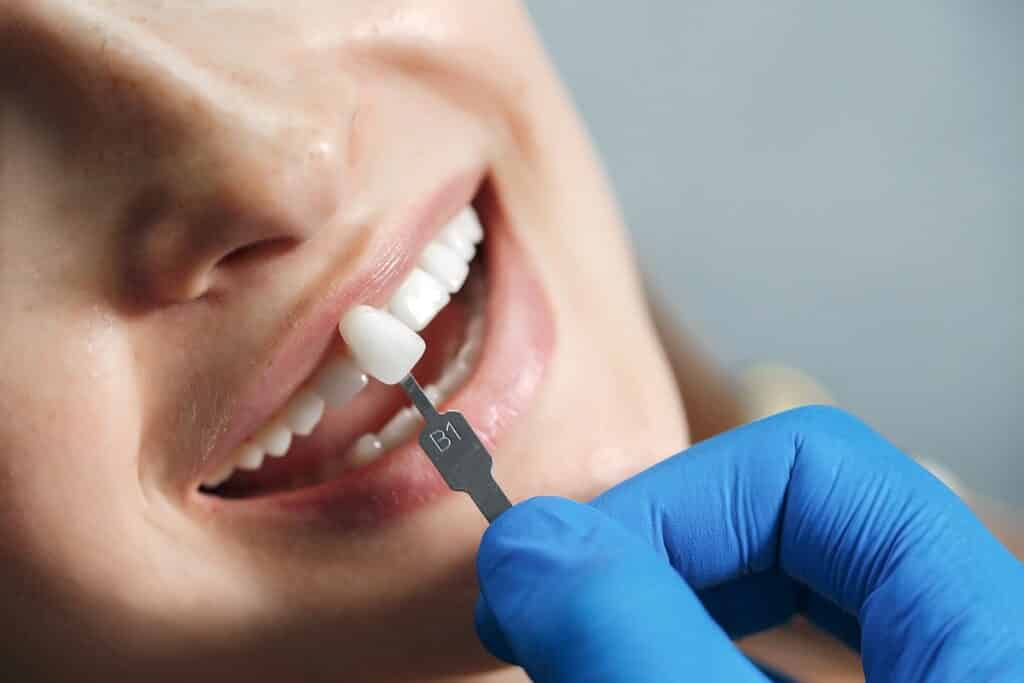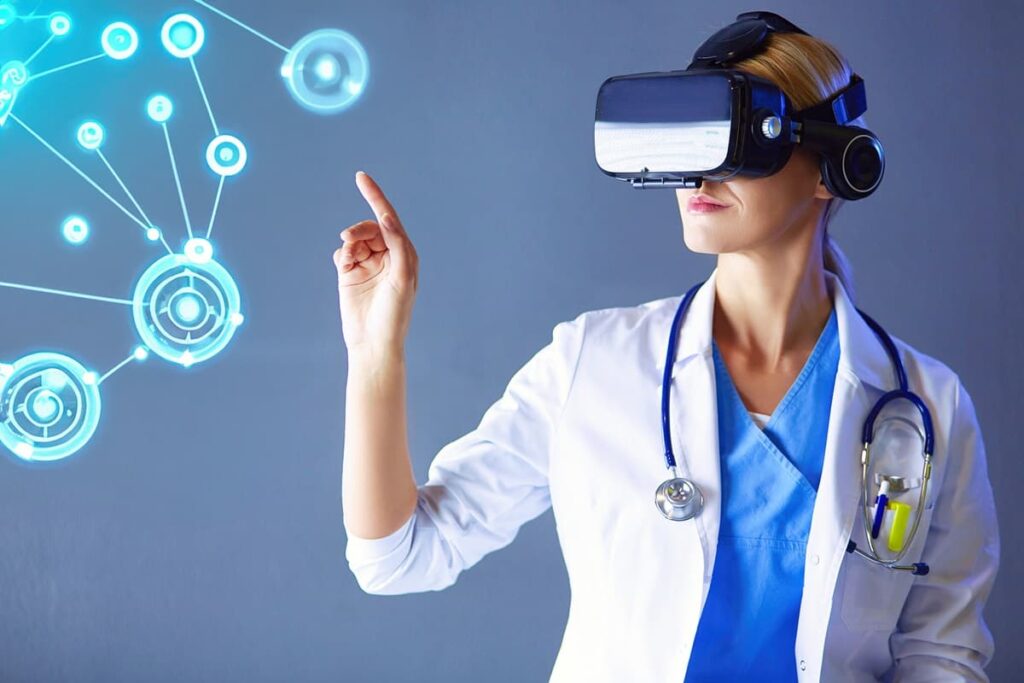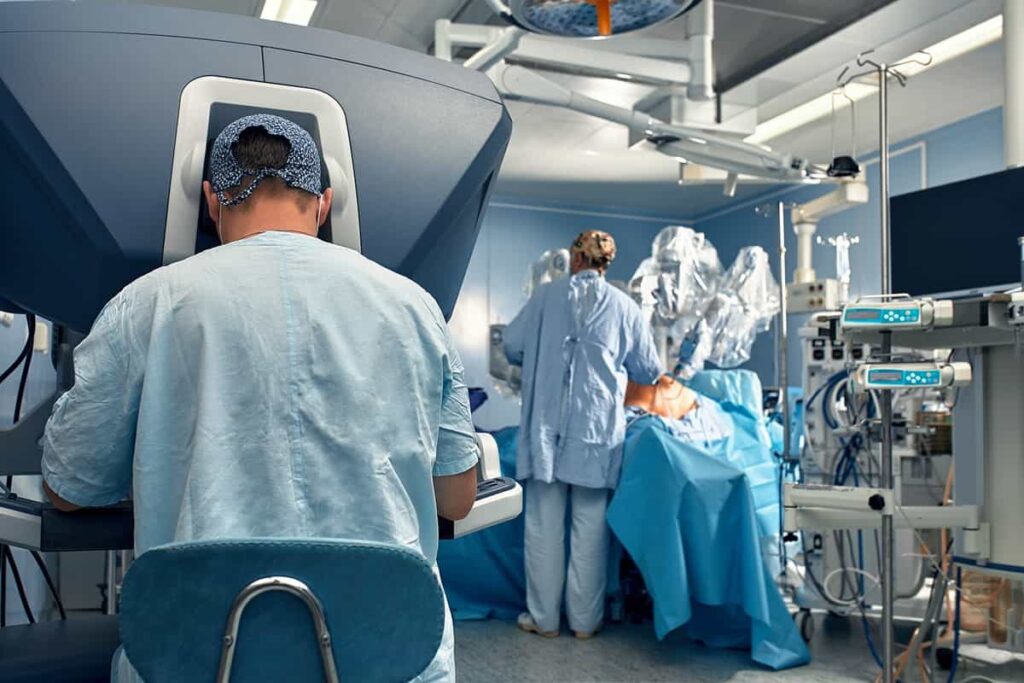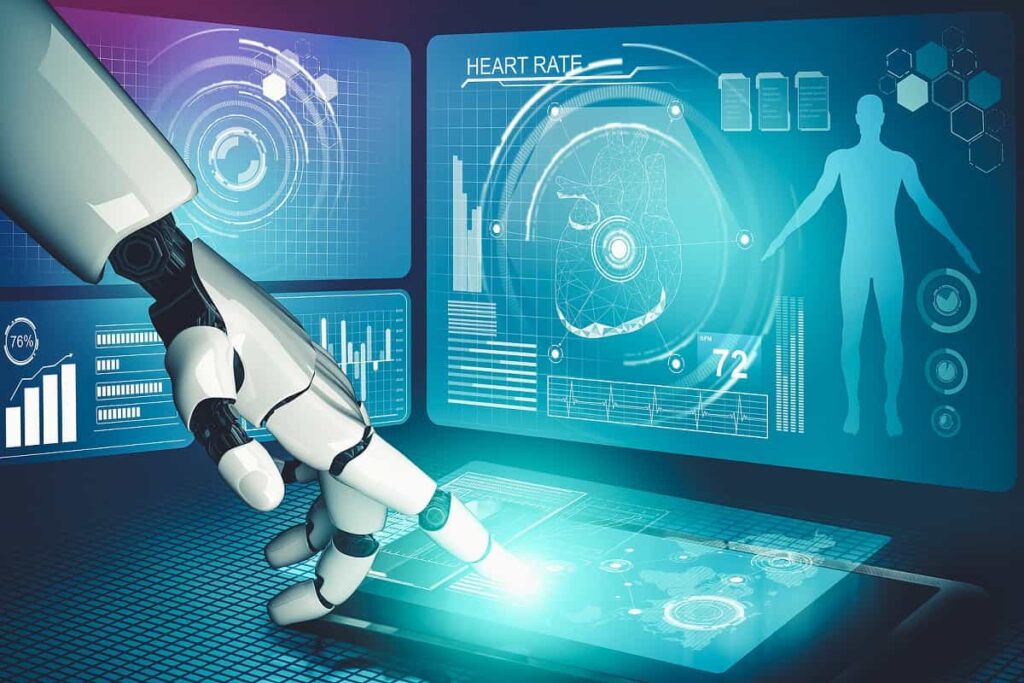A Dental Robot That Helps With Dental Surgeries
Table of contents

In Body Rituals of the Nacirema, anthropologist Horace Miner describes a North American group of people with some strange rituals. One involves a “holy mouth man” who uses a variety of augers, awls, and prods as objects in the exorcism of the evils of the mouth. It’s a process that involves almost unbelievable ritual torture of the client. The natives return to the holy-mouth-man year after year, despite the fact that their teeth continue to decay.
The joke here is that Nacirema is American spelled backwards. The holy mouth man is the dentist we all go see regularly. The entire paper is Horace Miner’s attempt at showing us how our own rituals might be seen as very strange when viewed in a purely objective manner. The rituals of the holy mouth man will appear a whole lot stranger when robots begin to perform them, but they’ll certainly be less barbaric.
Dental Robots That Perform Surgeries
Founded in 2009, Miami startup Neocis has taken in nearly $123 million in disclosed funding from investors that include Dr. Fred Moll, the founder of robotic surgery giant Intuitive Surgical (ISRG). Dr. Moll then founded Auris Health which was sold to Johnson & Johnson (JNJ), something we covered in a piece on Johnson & Johnson (JNJ) and Surgical Robotics. When the man who is dubbed “the father of robotic surgery” invests in your startup, you know you’re doing something right. More than half the funding for Neocis came in the form of a $72 million Series D round led by notable venture capital firm DFJ whose charismatic founder was ousted a few years back when he threw a private party and people who weren’t invited complained about it.
Neocis first came across our radar in a piece we wrote a few years back on 8 Dental Technology Startups Disrupting Dentistry. The founders were two of the first principal engineers to develop Mako Surgical’s robotic-guided orthopedic surgery system which Stryker (SYK) acquired for nearly $1.65 billion. Now, they’ve built a dental surgery platform called Yomi that assists dental surgeons in planning dental implant surgery using a 3D image of the patient.
Dental Robotics Platform Called Yomi
Use of the term “robot” may disguise the value proposition on offer which is as much about the software as it is the hardware. Yomi is an entire workflow that starts with preoperative planning which includes imaging of the patient’s anatomical features such as teeth, bone, sinuses, etc. From the imaging data, the system maps the entire planned procedure which is then communicated to a robotic arm.
During the actual surgery, Yomi uses haptics to provide physical cues that guide the dental surgeon’s hand to the precise angulation and location while preventing unintended deviation from the plan. Should the patient move, Yomi tracks and follows patient motion. When the drill bit reaches planned depth, Yomi provides the dental surgeon with the solid confidence of a physical “hard stop.”

Traditionally, dentists have used guides for surgeries, or even worked freehand, which means they actually need to peel back your gums so they can see what they’re doing. With Yomi, it’s a whole lot easier for both surgeon and patient.

In 2016, Neocis completed a successful clinical study and received market clearance from the FDA. Since then, the Yomi Robotics system has been used to place over 2,700 dental implants in 47 cities across the United States where it’s still the first and only robotic device for dental surgery commercially available.
This summer, Neocis received FDA clearance for an additional indication which allows for a new splint attachment which broadens Yomi’s application to include full arch implant cases as well as partially edentulous cases. Yomi surgeons can perform a complete full-arch surgery in 90 minutes and dual arch surgery in 2.5 hours. Once this platform occupies space in a dentist’s office, it can then be used to upsell loads of new functionality and features.
Our MBAs used a sophisticated research technique called Elgoog to look for competing solutions. Aside from some Hungarians, results of our research showed few companies are working on dental robots, at least ones willing to disclose it. (If we missed your sacred cow, please drop us a note in the comments section below.)
How Robotics Helps Dental Implants
Successfully placing dental implants requires a high degree of accuracy and precision. The traditional technique requires a surgeon to use a freehand approach with no guidance to create an invasive flap which exposes the bone and is the main source of pain and discomfort for the patient. Not anymore. Yomi’s minimally invasive flapless surgical approach has been proven to lead to faster surgery, faster recovery, and less pain for the patient.

It’s also about lowering costs. The first general dentist ever to offer the technology, Dr. Eddie Kotary, claims it will reduce his implant fees by $500. Check out what Dr. Kotary says about how dental implants happen without Yomi.
Credit: Dr. Eddie Kotary
Right now when we do implants, we have to take impressions to create a surgical ‘guide’ that has to be drilled into the jaw to stabilize it. It takes time to have that fabricated, and you need to use a scalpel and stitches
Not even the Nacirema are that barbaric. Dental surgeons who use the Yomi platform won’t have to use a surgical guide, create a flap, use a scalpel, or use stitches. If you’re a patient who has dental surgery coming up, which method would you prefer?
The Future of Dental Robotics
More than 5 million dental implants are performed every year by dentists in the United States who ply their trade from more than 189,000 dental offices. According to an article by MedCity News a few years back, the Yomi platform costs around $150,000 up front and Neocis charges a per implant fee. If the platform ends up in just half of all dental practices, that’s a whopping $14 billion in revenues. If we assume an arbitrary fee of $250 per implant, that’s an additional $650 million in run rate per year – and that’s assuming they capture just half of the total addressable market.
The same article goes on to talk about how dental implants remain an elective procedure not covered by insurance, which means Neocis needs to sell the solution to surgeons who may not see the value proposition. One critic, Dr. Michael J. Kuzma, wonders if there’s really a need for robotic dentistry with dental implant success rates already exceeding 95%. It’s a fair point, but the new generation of dentists may appreciate a bit more hand-holding, especially when it means they can generate more revenues to pay down all that debt they took on in medical school.
Around 4,650 oral surgeons ply their trade in America for an average yearly salary of $237,570, which many use to repay the debt incurred after 12 years of study. For a typical practice, the more surgeries performed, the more revenues are brought in, the quicker that debt can be paid down. With Yomi being used at two leading dental schools — the Henry M. Goldman School of Dental Medicine and the West Virginia University School of Dentistry — tomorrow’s oral surgeon is learning that for dental implantation surgery, robotic assistance is the norm.
Conclusion
If using a robotic solution such as Yomi promises to increase the quality of dental procedures for the patient and the number that can be performed per year, it’s likely to become a standard piece of equipment for every holy mouth man that wants to remain competitive.
Sign up to our newsletter to get more of our great research delivered straight to your inbox!
Nanalyze Weekly includes useful insights written by our team of underpaid MBAs, research on new disruptive technology stocks flying under the radar, and summaries of our recent research. Always 100% free.















